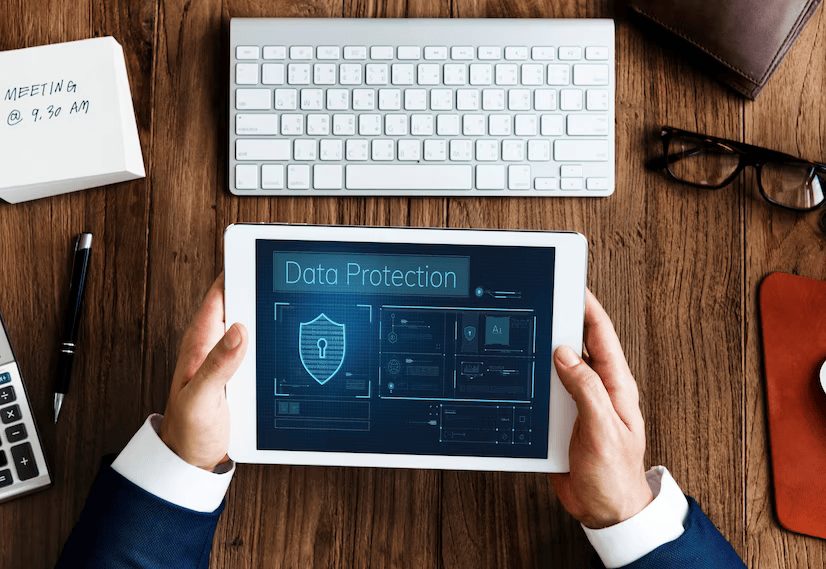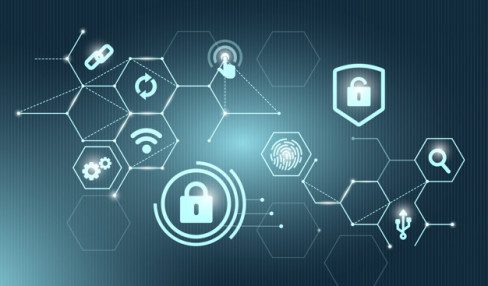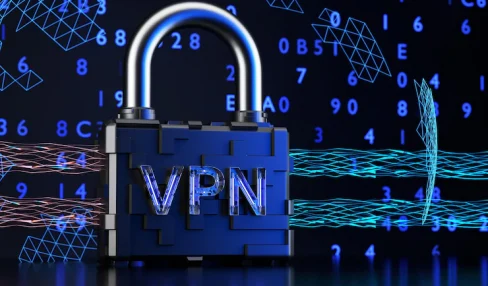Trends In Data Protection And Cybersecurity For 2023
5 Mins Read
Published on: 29 May 2023
Last Updated on: 08 November 2024

toc impalement
In 2023, the field of data protection and cybersecurity continues to evolve and improve in response to the ever-changing threat of cybercrime. Many players in the industry offer effective solutions for monitoring and preventing such threats, including SOC, MDR, and SIEM as a service providers. In this article, we will look at the top cyber threats in 2023 and how to counter them.
Сybersecurity Threat Trends In 2023
The evolution of cyber threats is an ongoing process as cybercriminals and attackers are constantly developing new attack methods and exploits.
Threat 1. The Increasing Number Of Personal Data Leaks
The trend will get a new round when attackers will not only “merge” bases, but also combine information from various sources. As a result, they will be able to get a detailed “dossier” on a person or company and then implement more advanced, targeted social engineering and cyber-espionage schemes in attacks on businesses.
Threat 2. Buying Ready-Made Accesses
Hackers will increasingly use the power of the dark web to gain access to already stolen data or compromised company networks. Increasingly, attacks begin with the use of previously obtained information about user accounts published on shadow resources.
The trend is dangerous because the data compromise stage can go unnoticed. Only after receiving tangible damage, the victim’s company discovers the attack.
Threat 3. Iot Is Merging With “Shadow IT”, Creating A Security Risk
In 2023, approximately 43 billion devices of all kinds will be connected to the Internet, which will provide attackers with the widest choice for committing illegal acts. Manufacturers of IoT equipment prioritize convenience and consumer appeal over security. Often, these devices are embedded into a company’s infrastructure with default credentials. Moreover, the Internet of Things is combined with shadow IT systems, creating a threat of unauthorized penetration even into highly secure networks.
Threat 4. Rising Ransomware Attacks To Steal Data
The number of ransomware attacks will continue to increase. Attackers now have more ways to monetize the sensitive data of victims. In addition to encrypting information for ransom, cyber criminals can offer stolen files for sale on the dark web or publish them in the public domain. In such a situation, organizations will have to go beyond traditional data protection methods and move on to the introduction of new methods, such as multi-factor encryption, which will render files useless to attackers.
Threat 6. Devsecops Will Reach A New Level.
Protecting development environments will be one of the most important areas for achieving effective security for organizations in 2023. Including just a few lines of malicious code during the application creation phase could potentially open up thousands of targets in partner and customer supply chains to attackers. Therefore, enhanced DevSecOps practices in line with zero-trust architecture and advanced data encryption solutions will become more common.
Top 5 Data Privacy Trends
With these trends in mind, businesses can minimize privacy and compliance concerns. Let’s look at the basic tricks:
Data localization.
Countries seek to establish control over data through localization. Such control is either a direct requirement or a by-product of many new privacy laws. Companies are increasingly facing different regulatory environments, requiring different localization strategies in different regions. As a result, data localization planning will become a top priority when developing and acquiring cloud services.
Computational Techniques That Enhance Privacy.
Companies are looking for reliable ways to process data, including in the public cloud, as well as in multi-party data exchange. The growing complexity of analytics engines and architectures requires cloud service providers to implement privacy capabilities at the development level. By 2025, about 60% of large companies are expected to use at least one PEC method in cloud computing or analytics.
Artificial Intelligence Regulation.
A Gartner study found that 40% of organizations violated privacy through AI and that a quarter of those violations were malicious. Regardless of whether a company processes personal data of employees and customers, there is always a risk of misuse of sensitive data.
A New Approach To Remote Control.
As interaction models become more hybrid in many organizations, blurring the line between work and personal life, the ability to track, monitor, and other personal data processing activities is growing. Businesses will shift to employee privacy models. Employee performance monitoring data should be used purposefully, solely to improve the experience.
Information Security Event Monitoring
The different maturity of information security departments in the company increases the mutual influence on the overall level of security, allowing the attacker to carry out attacks through the “weak link”. The solution to the problem is various systems for collecting, monitoring, and processing data.
SIEM
It is a security information and event management system that collects, analyzes, and interprets security data from various sources. Here are a few tasks that SIEM as a service solves:
- Data collection and aggregation
- Security incident detection
- Correlation and data analysis
UEBA
It is a user and entity behavior analytics technology that is used to detect anomalous or malicious behavior in information systems. UEBA solves the following tasks:
- Insider threat detection
- Identification of compromised accounts
- Incident response improvement
Threat Intelligence Platform (TIP)
It is a platform that provides organizations with information and tools to analyze, interpret and exploit threats and cyber intelligence. The main goal of TIP is to provide organizations with contextualized information about current and future threats so that they can take action to prevent, detect and respond to cyber-attacks.
SOAR
It is a platform that integrates security incident management, automation, and orchestration processes to improve operational efficiency and cyber threat response efficiency.
Each individual system can be part of the SOC, or be a separate independent link in the enterprise cybersecurity system.
Conclusion
Cyber threats are a serious and urgent problem in the modern world. Every year, cyber criminals are becoming smarter and more inventive in their attacks, as well as applying new methods and technologies to achieve their goals. If you want to secure your business with effective solutions, we recommend that you turn to Under Defense, which has an excellent reputation as a SOC, MDR, and SIEM provider.
Read Also:


















Comments Are Closed For This Article